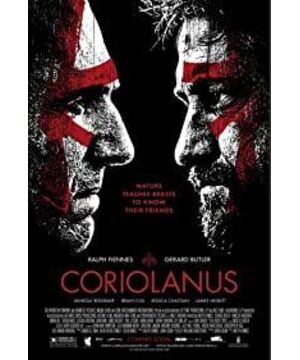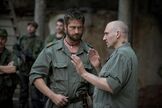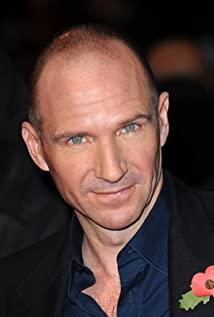Fiennes said that he wanted to rely on this film to show the complex world situation. But in fact the political views he draws on are ridiculously old. The president-elect relies on putting down his face to show the scar, and shouting a few decibels in his throat; it only takes a few tears from the old mother to stop the war. Although the original text of Shakespeare's play is there, it is difficult to change it at will, but trees can be moved to death and people can be moved to life. Fiennes is too stupid and naive to think of dead brains as performance art. When the most fundamental setting of the story cannot be established, any tragedy of fate can only be the director's own tragedy.
It's not enough to just make some awkward settings. Fiennes has to pursue the rough realism of [The Hurt Locker] in terms of photography and the style of the whole film. Although the film was shot by contemporary shaker photographer Barry Eclaude ([The Green Zone], [The Hurt Locker]), Fiennes obviously didn't know what he wanted. The whole film switches back and forth between the fixed camera close-up and the hand-held movement, as if to force you out of the story as soon as you get into the mood. A second look at the style and form adds another dimension to the film's abrupt form. Too greedy to chew, and lacking courage, Fiennes's debut novel can only lay Shakespeare's eggs through the shell of the Middle East.
Maybe Vanessa Redgrave's precise performance is worth watching, but she obviously has long since returned to the theater stage whenever she is in a movie. Jessica Chastain, who starred in seven movies last year, has only played a gorgeous soy sauce in this film. And Fiennes wants to rely on this film since he is far worse than the contemporary Lawrence Oliver.
View more about Coriolanus reviews










